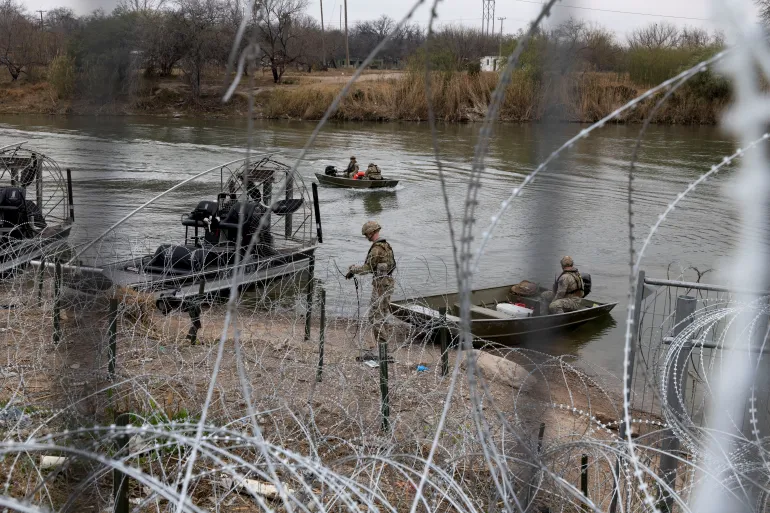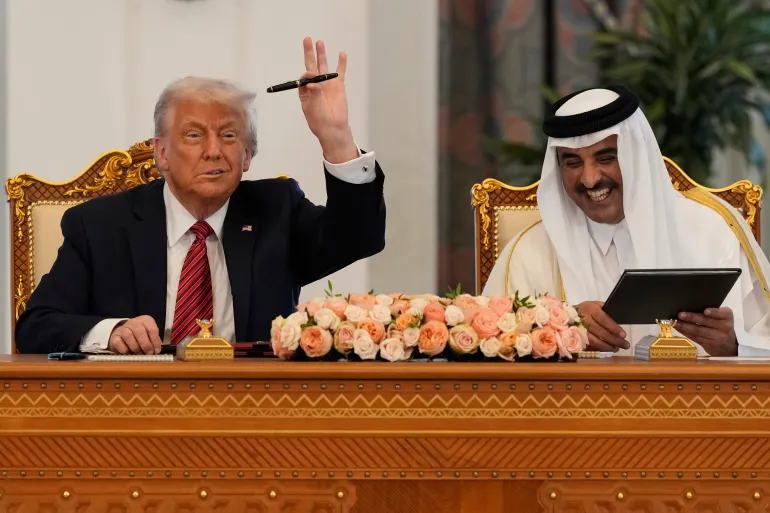The United States has established a second military zone along its southern border with Mexico, expanding its efforts to deter unauthorized migration. The newly designated “Texas National Defense Area” spans approximately 100 kilometers (63 miles) eastward from the Texas-New Mexico border near El Paso. This move follows the creation of a similar zone in New Mexico the previous month.
Under this initiative, U.S. troops are authorized to temporarily detain migrants or trespassers within these zones until they can be transferred to U.S. Customs and Border Protection (CBP) or other civilian law enforcement agencies. This strategy allows the military to assist in border enforcement without invoking the 1807 Insurrection Act, which limits military involvement in domestic law enforcement.
The establishment of these zones is part of President Donald Trump’s intensified immigration enforcement strategy. Since taking office, the administration has increased the deployment of troops along the southern border, with approximately 11,900 U.S. troops currently stationed there. These measures have coincided with a significant decrease in unauthorized border crossings, which reportedly fell to the lowest levels ever recorded in March.
In April, the administration designated an 18-meter-wide, 270-kilometer-long (60 feet by 170 miles) strip along the base of New Mexico as a “National Defense Area.” To date, 82 migrants have been charged for crossing into this military zone, although U.S. troops did not detain any of them directly; instead, they were processed by CBP officials
The response to these military zones has been mixed. Texas Governor Gregg Abbott, a Republican, has expressed support for the initiative, sharing images of razor wire barriers being constructed along the border and emphasizing the state’s collaboration with the federal government to curb illegal immigration. Conversely, New Mexico Governor Michelle Lujan Grisham, a Democrat, has criticized the creation of what she termed a “deportation buffer zone,” calling it a misuse of resources and military personnel, especially given the current low levels of migrant crossings.
The use of military zones for immigration enforcement has raised concerns among civil liberties advocates. Critics argue that such measures may infringe upon constitutional protections and blur the lines between military and civilian roles in law enforcement. Nonetheless, the administration maintains that these zones are necessary to enhance border security and manage unauthorized migration effectively.
As the situation evolves, the impact of these military zones on migration patterns and border communities will continue to be a subject of scrutiny and debate.
Source; Al Jazeera



